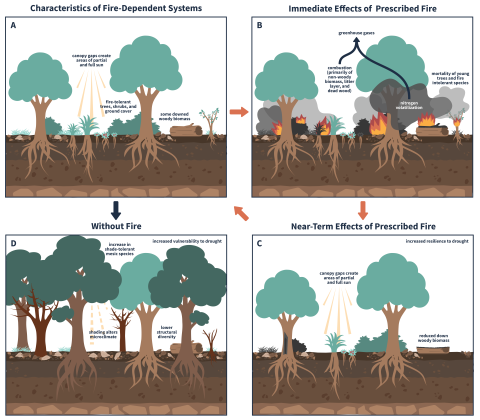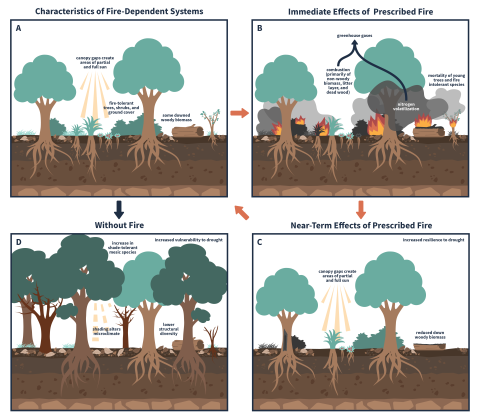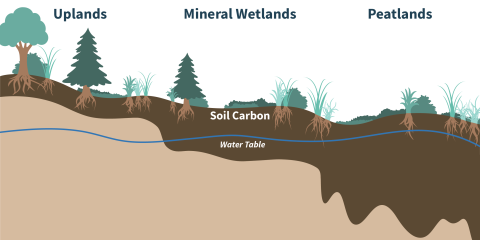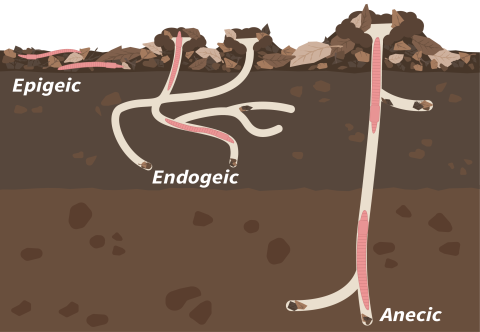Fire Effects Large
Image

Image Credit
Kailey Marcinkowski
Image Caption (short)
Figure 2—Illustration of fire-dependent systems with prescribed fire and without fire. Frequent use of prescribed fire can help maintain a fire-dependent system (A–C), whereas long-term removal of fire from the landscape can result in significant changes in th










